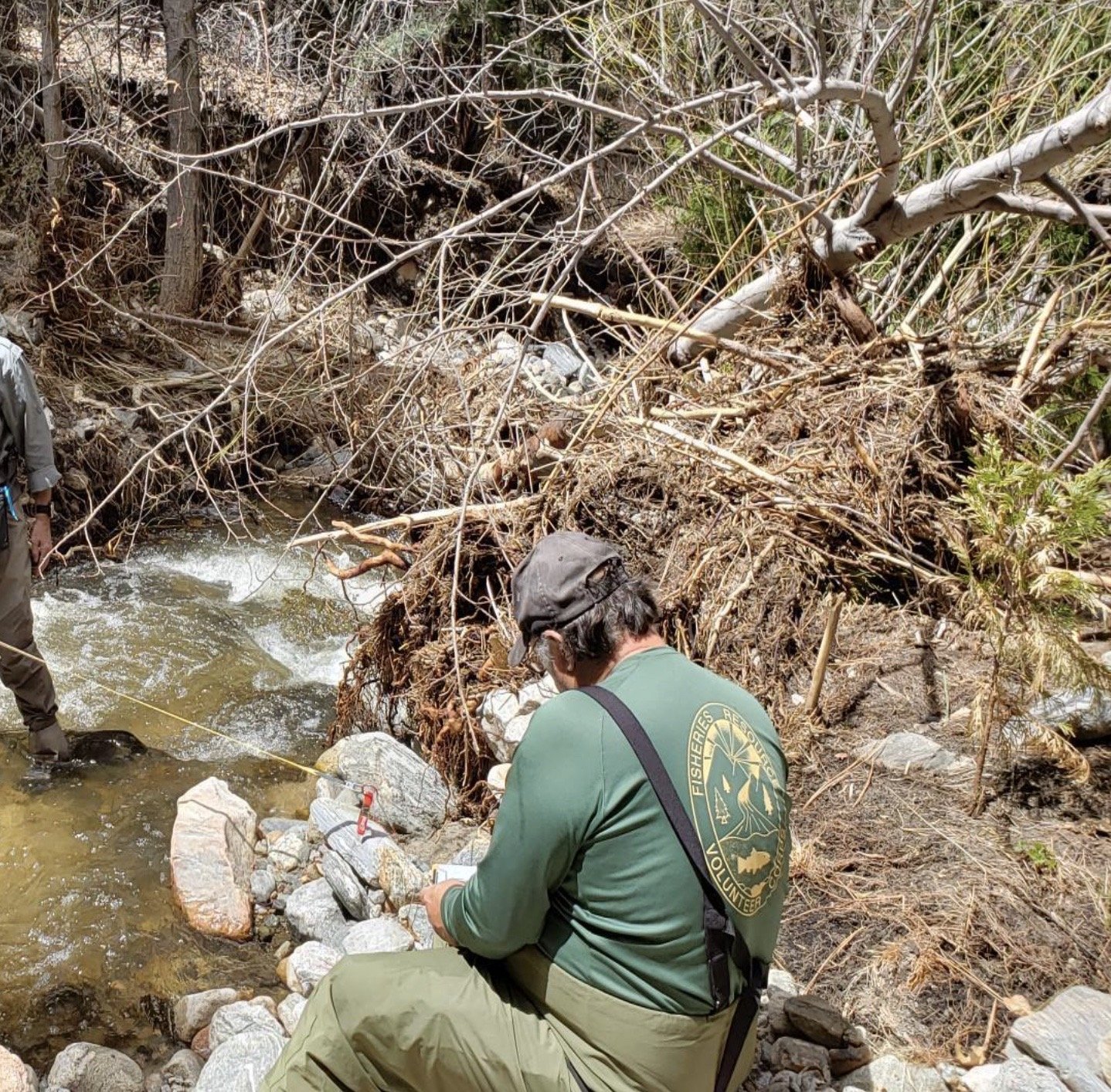Water Quality Monitoring on 303 (d) Listed Streams
Fisheries Resource Volunteer Corps (FRVC) is dedicated to protecting and preserving the wild trout streams and rivers in the Angeles and San Bernardino National Forests. One of the ways we do this is through our water quality monitoring programs on 303(d) listed streams.
303(d) listed streams are those that do not meet the state's water quality standards for one or more pollutants and are considered impaired. In the San Bernardino National Forest, we have monitored the water quality of Crab Creek, Deep Creek, Grout Creek, Holcomb Creek, Knickerbocker Creek, Mill Creek, East Fork of Mountain Home Creek, Rathbun Creek and Santa Ana River.
Our water quality monitoring program involves collecting data on various water quality parameters such as pH, temperature, dissolved oxygen, and turbidity. This data is then used to identify potential pollution sources and to track the overall health of these important waterways.
We believe that by monitoring the water quality of these 303(d) listed streams, we are playing a crucial role in protecting the wild trout populations that call these streams home. By identifying potential pollution sources and tracking the overall health of these waterways, we can work with the U.S. Forest Service (USFS) and other partners to take action to improve water quality and protect these vital resources.
We also believe in the importance of community engagement and education in conservation. We are constantly working to educate and engage the public on the importance of protecting these streams and the role they play in the ecosystem.
We invite anyone who is interested in joining us in this important work to contact us and learn more about how they can get involved. Together, we can make a real difference in protecting and preserving the wild trout streams and rivers in the Angeles and San Bernardino National Forests.


